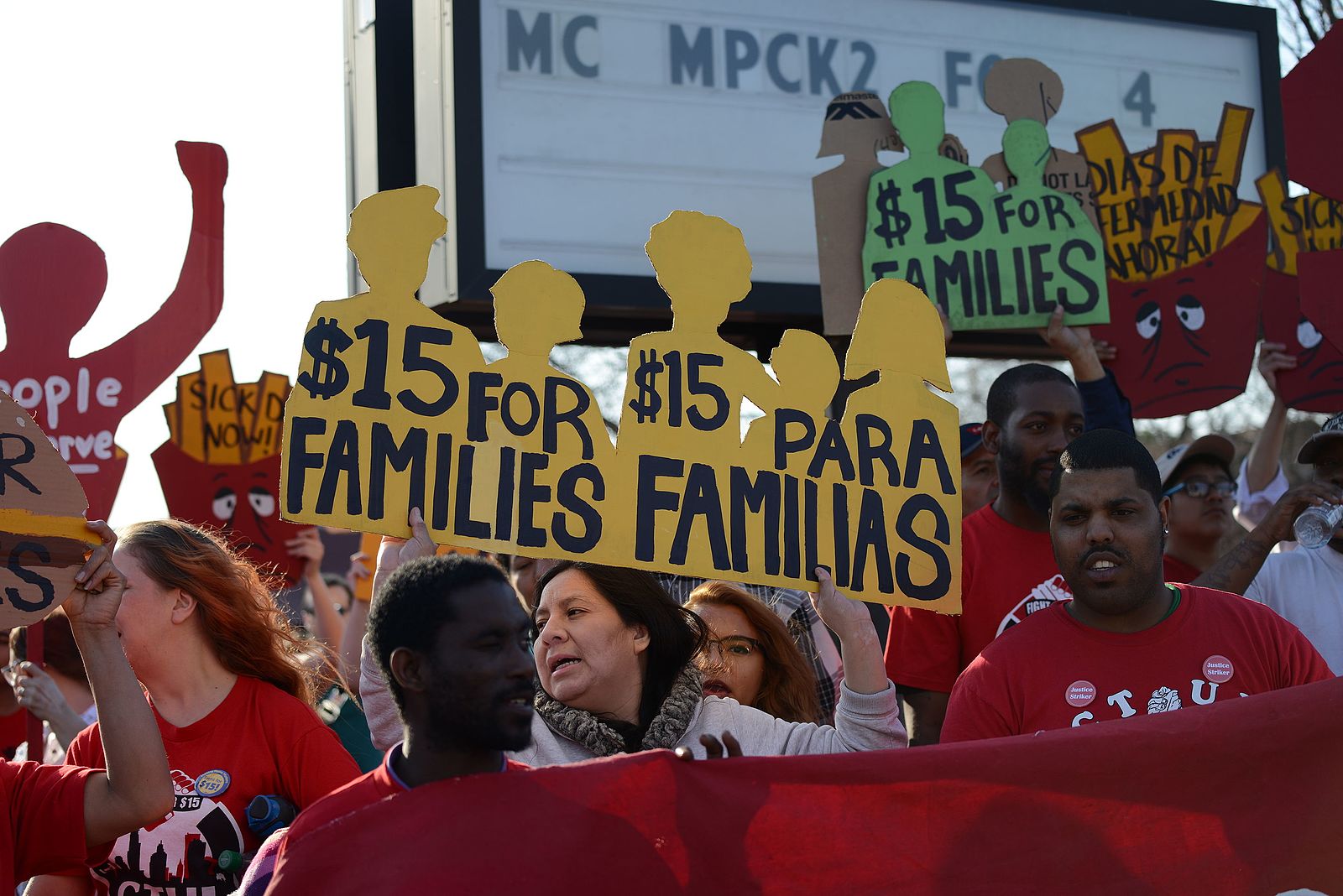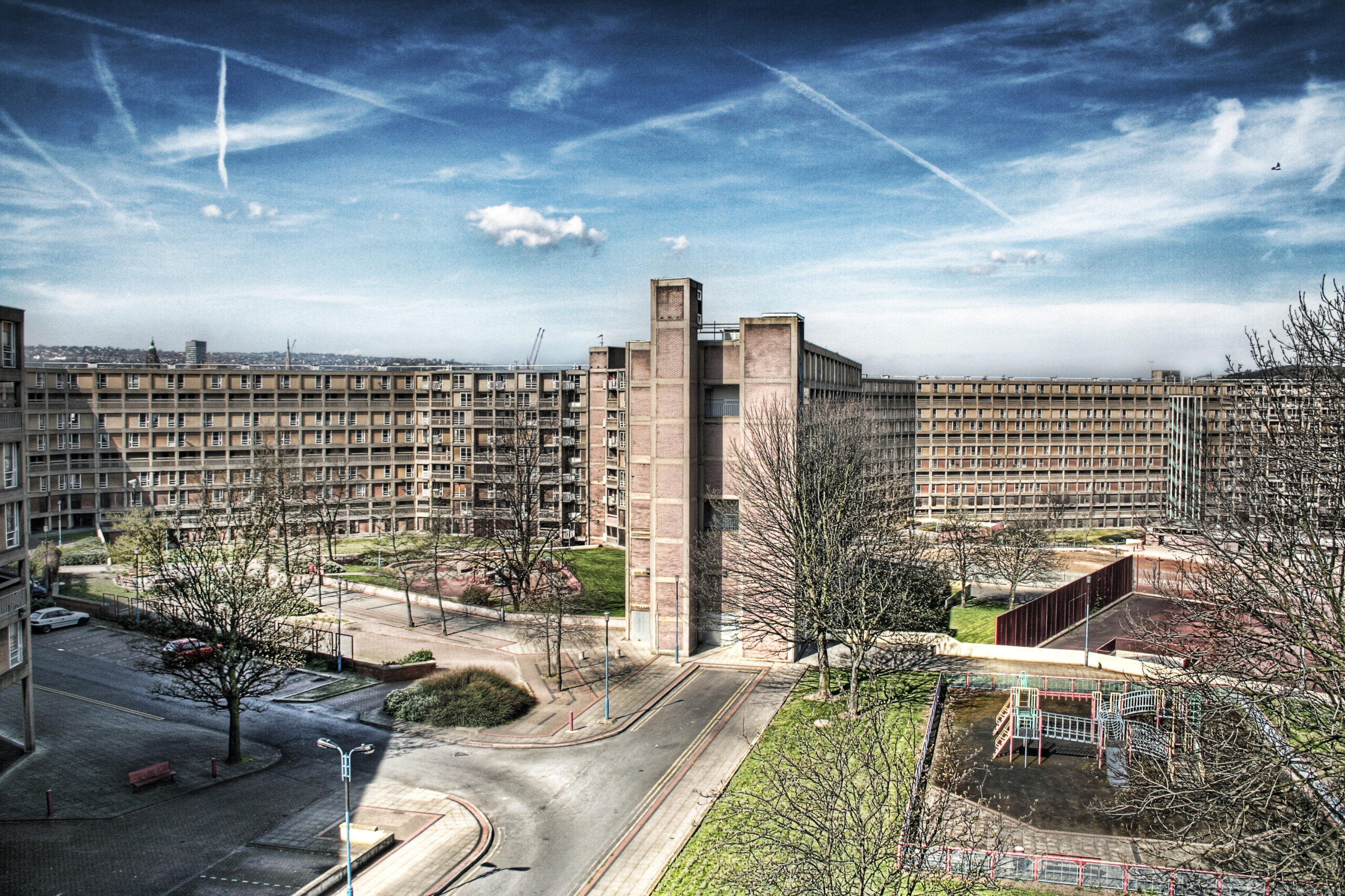The pandemic has presented countries around the world with a new challenge, recovering their economies post lockdown. In the UK the two parties have represented two options summed up in cheap 3-word slogans. Boris Johnson’s “Build, build, build” vs Keir Starmer’s “Jobs, jobs, jobs”.
However, in the press both parties have been surprisingly light on details on how to rebuild the economy post-COVID. While we will see Johnson’s strategy play out as he attempts to reverse the 20.4% drop in our economy Starmer’s plan offers an alternative path to relaunching the economy.
Extending Furlough
Key part of the plan is extending furlough past the October deadline for the hardest hit industries and areas that were forced into local lockdown. This is an attempt to mitigate the damage of the economic contraction, that has reduced the number of payroll employees by more than 750,000 lower since March. To put this into perspective, the government furlough scheme has supported 9.5 million employees and has cost the government £32 billion so far.
Labour plans seek an alteration to the furlough scheme to stop a further rise in unemployment which could lead to a further 1.2 million people unemployed.
Research, such as a recent study by Cambridge suggest this would essentially pay for itself and the TUC have warned withdrawing furlough will lead to a wave of unemployment and have implored the chancellor to extend furlough past October as other European nations have done.
Business “fightback fund”
Labour also have plans for more funds to head towards businesses that have suffered during the pandemic. Small businesses could be a particular focus having found it difficult during the pandemic with 35% still reporting to be temporally closed and others still showing a 40% shortfall in revenue on pre-pandemic levels of business.
Labour’s £1.7 billion “Fight Back Fund” investment in the hospitality and high street shops would be a Keynesian answer to this. The funding would go to local councils who would then decide where the money should go and when they receive payments of support.
Statutory sick pay
Labour have also proposed a rise in SSP which could be a well-needed pillar of support for workers and consumers alike as we continue to live with the virus. The UK has one of the lowest sick pay in the industrialised world, with the SSP currently standing at £95.85 a week that can be paid for up to 28 weeks straight and currently covers at least 22% of the worker’s salary.
The current rates of SSP in the UK act as a financial disincentive to self-isolate, with half of the workers continuing to work while experiencing mild coronavirus symptoms which could render any track and trace system null and void.
Reducing both the infection of staff and the chance of local lockdown will increase consumer confidence as the worry of local lockdown leaves many consumers anxious about shopping post-COVID. An increase to £160 a week would cost firms up to £800 million but the comparative boost to consumer confidence could be vital.
Investment in infrastructure
The final plank in Labour’s plans is an investment “in infrastructure, speeding up progress to a zero-carbon economy and improving access to skills and training”.
In essence, Starmer is pointing towards the “Green Industrial Revolution” proposed within the 2019 Labour Manifesto.
The plan would involve upskilling of 600,000 workers into the public and private sectors of renewables to install and build solar panels, wind turbines and wave generators to take Britain away from using fossil fuels. Alongside this, there could be 195,000 more jobs for electric car production, 25,000 for 5 new recycling plants and 800,000 green apprenticeships for those leaving sixth form and college.
These jobs would fill a collapsing labour market that is on track with the ending of furlough. By supplying millions of recently graduated college students with university guided apprenticeships, the deal would not only look out for jobs but safeguard the rebuilding of the UK post-COVID. However, the main benefit of this would be the large paypackets that could be spent in shops.
The large rise in unemployment could easily trap the economy in a circle of decline as fewer jobs create fewer consumers which create fewer jobs, and so on. A classical Keynesian stimulus could be key to restarting the economy and many argue it is what our economy lacked post-2008 which led to weaker wage growth in the following decade.
Renewables is an ideal sector to use for creating new jobs to try and raise demand in the economy as the UK will have to decarbonise to fight climate change.
In essence, Starmer’s economic plan aims revitalise parts of the economy that are currently falling behind under the current economic crisis we find ourselves in. The plan does come with its risks; however, it could potentially create a much stronger return and recovery for the country to combat the two pandemics of economic recession and COVID-19.





